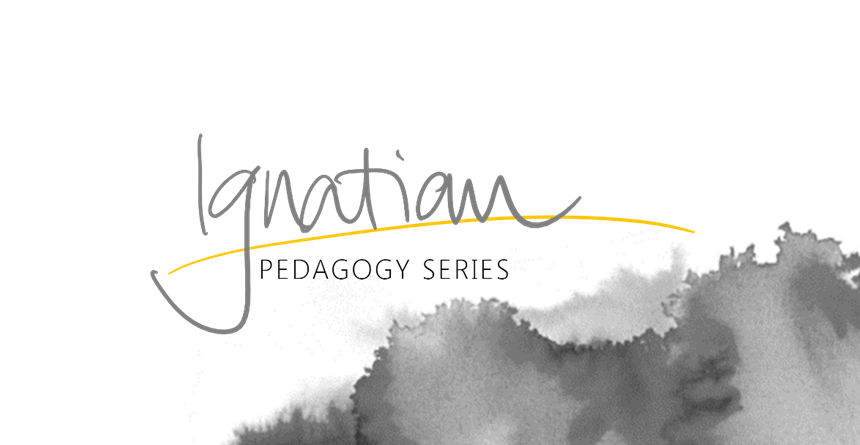Ignatian Pedagogical Paradigm (IPP)
A 450-year old Jesuit model that is supported by present-day higher education research
An overview of the IPP

Ignatian Pedagogy is rooted in the Spiritual Exercises devised in the 16th century by Saint Ignatius of Loyola, the founder of the Society of Jesus. It is founded on the belief that Jesuit education goes beyond the mere transmission of information from professor to student toward a transformational experience that affects the student on all levels—cognitive, certainly, but also emotional and behavioral. The idea in this paradigm is not to limit this kind of learning to special “Ignatian courses” but to consider the possibility that it might be relevant across a wide range of disciplines and classes.
Overall, consider that you influence students not only through what you teach them and what they learn but also through the humanity you model for them. If you demonstrate an interest in the meaning of the course material and the process of uncovering it, they are more likely to follow suit.
The following summary was developed by Jen Tilghman-Havens of the Center for Jesuit Education and David Green of the Center for Faculty Development for use in our joint Ignatian Pedagogy Series. Seattle University, 2017.
Download this page as a PDF: IPP overview - in theory and practice.
Check out ourIgnatian Pedagogy Series topics
/70x0:1210x720/prod01/channel_34/media/seattle-university/center-for-faculty-development/images/events/IPS---Active-learning---2024-new-website.png)
Active learning
/70x0:1210x720/prod01/channel_34/media/seattle-university/center-for-faculty-development/images/events/IPS---Reflective-practice---2024-new-website.png)
Reflective practice
/70x0:1210x720/prod01/channel_34/media/seattle-university/center-for-faculty-development/images/events/IPS---Inclusive-pedagogies---2024-new-website.png)
Inclusive pedagogies
/70x0:1210x720/prod01/channel_34/media/seattle-university/center-for-faculty-development/images/events/IPS---Whole-person-education---2024-new-website.png)
